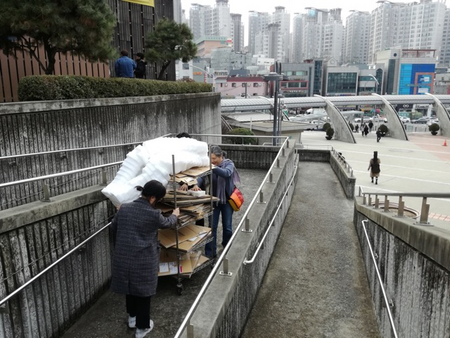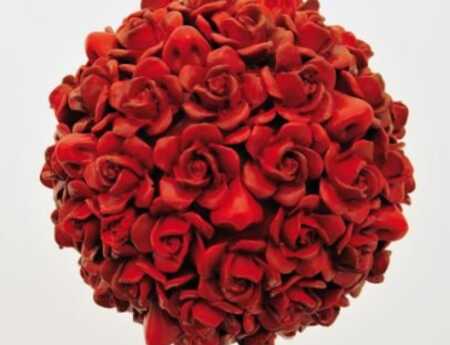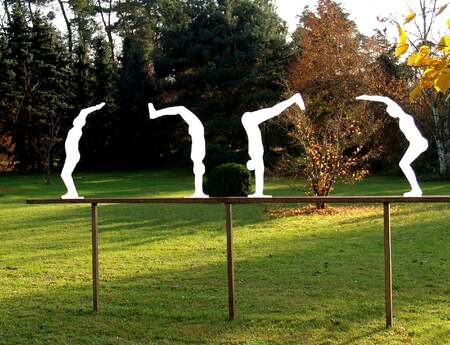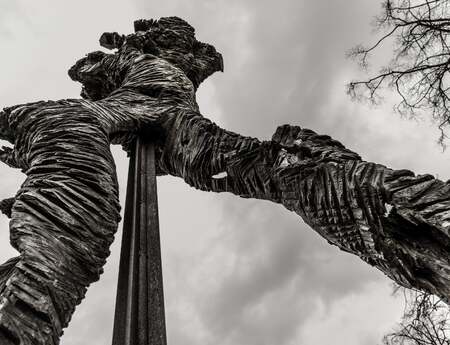A workshop in Seoul
Artistic-scientific assistant of TU Braunschweig und sculpture network Coordinator Michael Zwingmann holds upcycling-workshop in Seoul, South Corea
As soon as I started planning a trip to South Korea with my family last year, we started thinking about things that would enrich our stay - besides meeting with friends and relatives and indulging in culinary delights. As an artistic-scientific assistant of many years' standing, I once played a supporting role in the signing of a cooperation agreement between the Technical University of Braunschweig and Soongsil University in Seoul. Since then, this has made the mobility and exchange of students between the two institutions possible. So I put my contacts to work and turned to a Korean professor of interior design, who had already visited our Institute for Architectural Art several times with students for a work week. She invited us to give a guest lecture followed by a workshop.
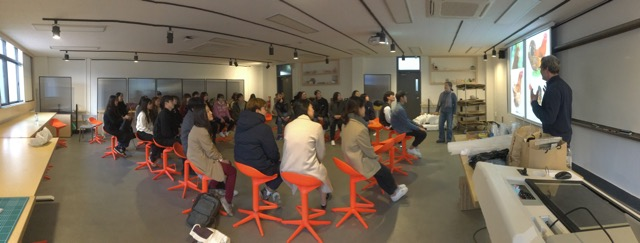
South Korea is really impressive. Since the 1960’s the country has rapidly developed into one of the world's most important economies and is now a market leader in some technology sectors such as the manufacture of semiconductors, microchips, flat screens and computers. The country is one of the thirty most populous states in the world and half of South Korea's population lives in the metropolitan area of the capital Seoul. Seoul is the fourth largest city in the world with almost 10 million inhabitants and is located in the middle of an impressive landscape. A mountain rises in the center of the city and is so tall it towers above even the highest city skyscraper. Traditional palaces are surrounded by ultra-modern architecture and, especially at night, the metropolis shines and reveals all its different facets.
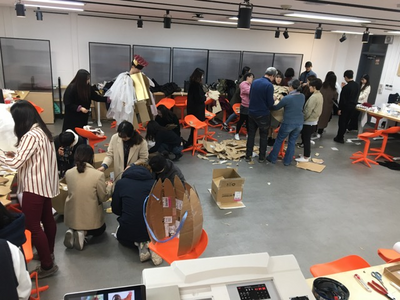
We soon hit upon the topic for both events "Upcycling - a Second Life". "Upcycling" has long been a common practice in art. Just think of Kurt Schwitters, for example, who, about 100 years ago, used newspapers and tickets in his collages and thus upcycled everyday things into the sphere of art. While during recycling materials usually lose value as a result of shredding, upcycling prolongs their life and - in the best case - increases their value.
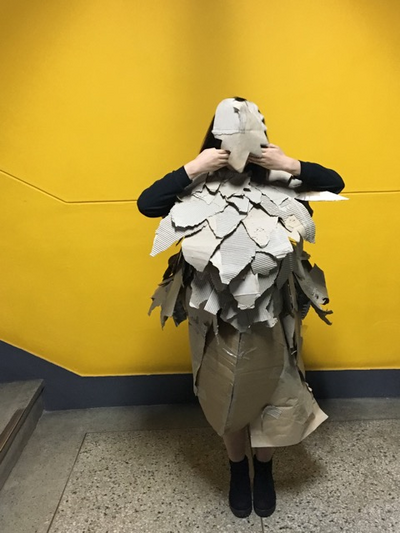
For the workshop we had chosen the sub-topic of "transformation". Planned to last just three hours the workshop was bound to be busy. Thus it was advisable to start selecting materials early so that everything could be provided to the participants directly at the start. For the practical part we consciously decided to let chance play a role. Starting with Oscar Schlemmer’s Triadic Ballet we played two pieces of music. One was from "Pictures at an Exhibition" by Modest Mussorgsky, namely the "Ballet of Unhatched Chicks" and the other was the short piece "Hens and Roosters" from "The Carnival of the Animals" by Camille Saint-Saens. In the best case scenario it should be possible to have some students develop a short choreography parallel to the "costume construction". In the end, however, this idea turned out to be too ambitious. An interesting find were umbrella covers made of simple plastic.
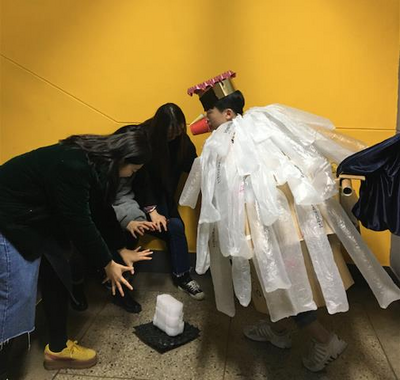
They were designed to prevent rainwater from spreading on the floor of the buildings. One rainy day I found piles of them in the garbage cans at shops and hotels. Inflated with air and knotted, they were a beautiful analogy to the plumage of birds. Many ideas remained in their spontaneous and refreshing initial state, - not least due to the short amount time and linguistic barriers - which I would have liked to have delved into deeper here and there.
Nevertheless, the workshop was a unique experience for many students, combined with the awareness that good artistic work does not depend on the use of expensive materials. A good idea and the ability to be inspired by materials are much more important than the question of whether the art is made of new or previously used materials.
Kwanho Yuh and Michael Zwingmann
